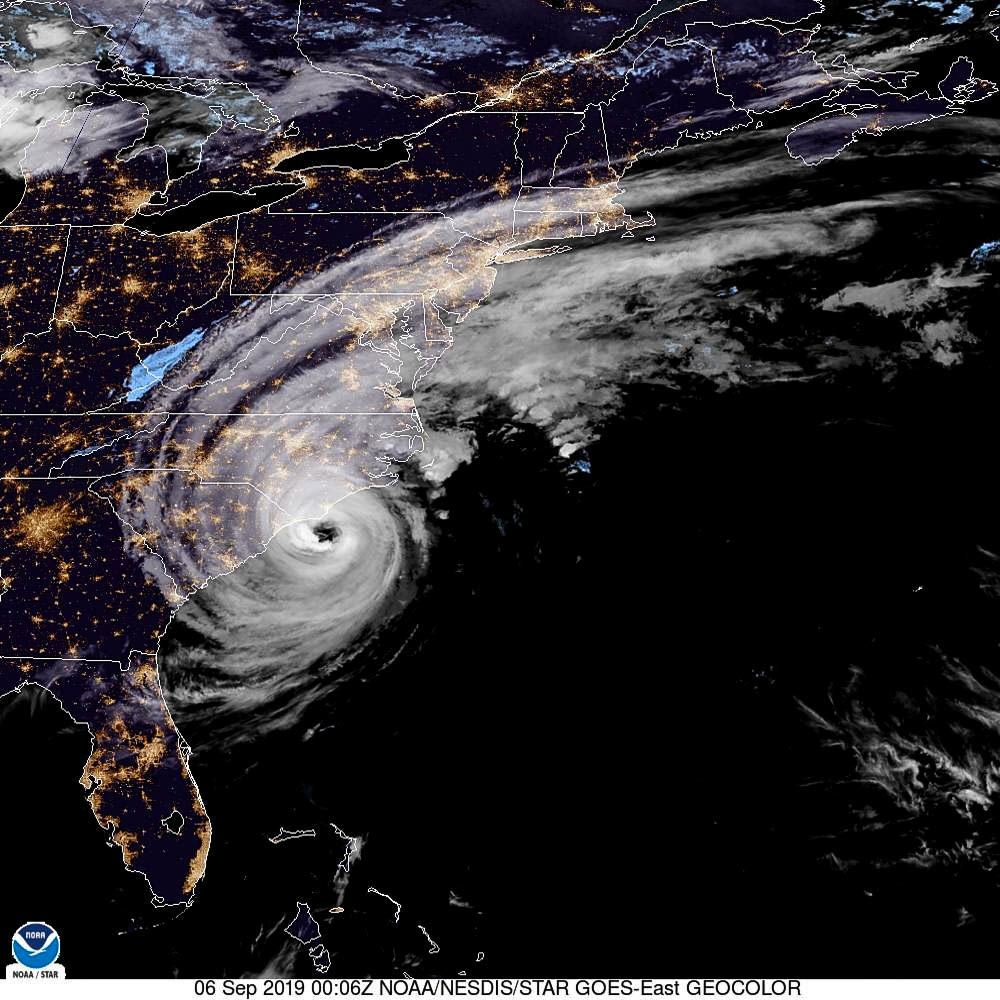When it comes to the world of science, researchers make discoveries and breakthroughs every day. To help you keep up with them, The Battalion has compiled a few of the most compelling scientific stories from the past week.
Hurricane Dorian
Dorian catalyzed its reign of devastation in the Bahamas this past weekend, leaving the country in complete and total ruins. While it seemed Dorian was headed for Florida, the state avoided a direct hit, suffering far fewer losses than expected. However, it seems Dorian’s destructive effects are far from over, as the National Hurricane Center reports the Category 2 hurricane is on its way north to the Carolinas. Despite the storm’s drop in severity, analysts warn that Dorian is far from benign. The storm contains sustained wind speeds of over 105 miles per hour and is still considered a very serious and life-threatening hurricane at this time. It is well anticipated that through the northern migration of the storm, Dorian will likely hit the east coasts of Florida and Georgia.
Gigantic asteroid to pass by earth
NASA reports that within the next month, asteroid 2000 QW7 will be considered a near-Earth object as it passes by during its orbit. According to NASA’s Center for Near Earth Object Studies, 2000 QW7 is larger than the world’s tallest building, standing 2,716 feet tall and around 2,132 feet in diameter. Though the asteroid is considered near-Earth, it is still over 3.3 million miles away from us. 2000 QW7 will be whizzing by as it completes its orbit around the sun. Despite having similar orbit patterns, the asteroid seldom crosses paths with Earth, as the last date was nearly twenty years ago on Sept. 1, 2000.
New extraterrestrial mineral discovered in meteorite
Nearly 70 years ago in 1951, scientists discovered a now-famous meteorite called Wedderburn. Originally this piece was located in Victoria, Australia, but it has since been divided up among scientists in attempts to understand the meteor’s origins. Among the researchers were examiners from the California Institute of Technology. These scientists discovered a rare mineral not known to be naturally present on Earth. The mineral is said to be made up of a special pattern of carbon atoms and iron. While there is still more research to be conducted, it is hypothesized that the mineral was likely the remains of an archaic small planet that collided with another celestial body. Findings to date have been reported and recorded in the American Mineralogist, and can be examined here.
Hurricane, asteroid, and meteorite: This Week in Science
September 5, 2019
Photo by via National Oceanic and Atmospheric Administration
According to NOAA NWS National Hurricane Center satellite imagery as of 7 p.m. CST Sept. 5 the eye of Hurricane Dorian is located off the southern coast of North Carolina.
0
Donate to The Battalion
$2065
$5000
Contributed
Our Goal
Your donation will support the student journalists of Texas A&M University - College Station. Your contribution will allow us to purchase equipment and cover our annual website hosting costs, in addition to paying freelance staffers for their work, travel costs for coverage and more!
More to Discover










